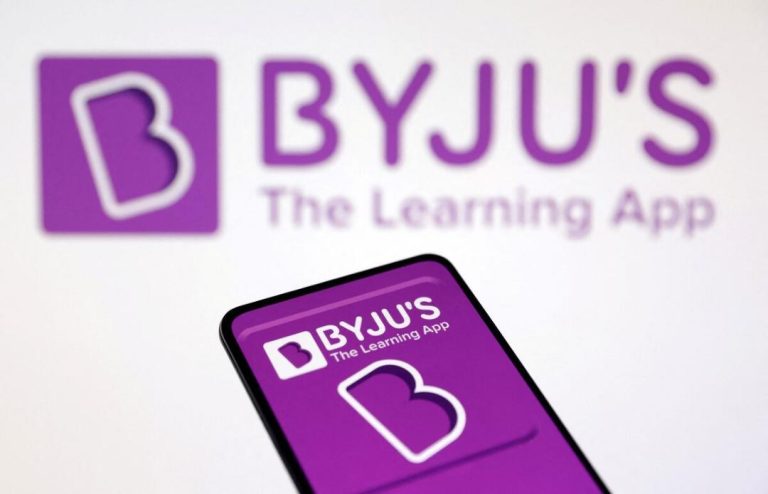
Agentic AI Shifts Apps from Passive Tools to Proactive Helpers
The world of technology has experienced a significant transformation in recent years, with advancements in artificial intelligence (AI) revolutionizing the way we interact with apps. Gone are the days of traditional apps that functioned like vending machines – users had to select, confirm, and repeat. Agentic AI has disrupted this paradigm by embedding intelligence into the core of the experience, allowing apps to understand evolving user preferences, handle dynamic requests, and take initiative.
In the past, apps were designed to be passive tools that waited for users to provide instructions. However, this approach is no longer sufficient for today’s digitally savvy consumers who expect a more personalized and intuitive experience. Agentic AI has enabled apps to break free from their shackles and become proactive helpers that can anticipate and adapt to users’ needs.
But what is agentic AI, and how does it differ from traditional AI? Agentic AI is a type of AI that is designed to take initiative and make decisions on its own, rather than simply processing data or responding to user inputs. This type of AI is capable of understanding the context and intent behind user interactions, allowing it to make predictions and take proactive actions.
One of the key benefits of agentic AI is its ability to learn and adapt to user behavior over time. This means that the app can develop a deeper understanding of the user’s preferences and interests, allowing it to provide more personalized recommendations and suggestions. For example, a music streaming app using agentic AI can learn a user’s favorite genres and artists and recommend new music that is likely to appeal to them.
Another significant advantage of agentic AI is its ability to handle dynamic requests and take initiative. Traditional apps would require users to manually input their preferences and requirements, whereas agentic AI can anticipate and respond to changing user needs without the need for explicit input. For instance, a calendar app using agentic AI can detect that a user is running late for a meeting and automatically reschedule the event to a more suitable time.
Agentic AI is also capable of curating and personalizing content for users, eliminating the need for manual curation. For example, a social media app using agentic AI can create a customized feed for each user, showcasing content that is most relevant and engaging to them.
In addition to its ability to learn and adapt, agentic AI also enables apps to provide a more seamless and integrated experience for users. By anticipating and responding to user needs, agentic AI can reduce the need for user input, making it easier for users to access the information and services they need.
So, how can developers and businesses leverage agentic AI to create more proactive and personalized apps? Here are a few strategies to consider:
- Embed AI into the core of the app: Rather than tacking AI onto the app as an afterthought, developers should integrate AI into the core of the experience, allowing it to drive the app’s functionality and decision-making.
- Use machine learning algorithms: Machine learning algorithms are the backbone of agentic AI, enabling the app to learn and adapt to user behavior over time.
- Focus on user experience: Agentic AI is all about providing a more seamless and integrated experience for users. Developers should focus on creating an intuitive and user-friendly interface that anticipates and responds to user needs.
- Continuously update and refine: Agentic AI is a dynamic and evolving technology, requiring continuous updates and refinement to ensure that the app remains effective and relevant.
In conclusion, agentic AI is revolutionizing the way we interact with apps, enabling them to become proactive helpers that can understand evolving user preferences, handle dynamic requests, and take initiative. By leveraging agentic AI, developers and businesses can create more personalized and intuitive apps that provide a seamless and integrated experience for users.
Source:






